September’s unique weather patterns – warm days followed by cool, dewy nights – create perfect conditions for garden pests to thrive. As we head into fall 2025, understanding these seasonal invaders becomes crucial for protecting your harvest. This comprehensive guide reveals the 18 most problematic pests you’ll encounter this month, backed by the latest research and proven control methods that actually work.
18. Japanese Beetles: The Metallic Menace That Loves Late Summer
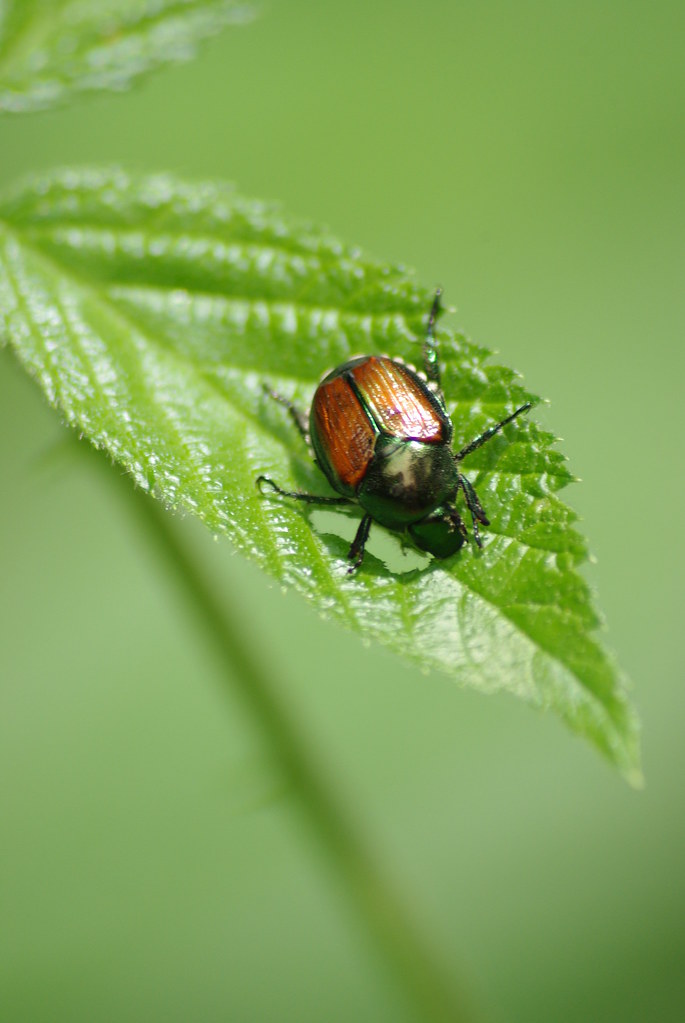
When September rolls around, those shiny, copper-colored beetles might still be lingering on your plants. Japanese beetles aren’t picky about what flowers they chew and even attack the otherwise pest-proof purple coneflower. These insects have no natural predators in the United States, while their voracious appetites can devastate more than 300 species of North American plants, from turfgrass to roses, grapes and hops.
The real kicker? They’re social eaters. When one shows up, it’s like sending out dinner invitations to the whole neighborhood. Look for adult Japanese beetles from June to September. In 2024, parasitism rates ranged from 16% to 30% at the Minnesota Landscape Arboretum, 20% at an apple orchard in White Bear Lake, and 17% in a Shoreview residential area. Parasitism rates of female beetles are usually higher (25-55%).
**2024 Japanese Beetle Control Success Stories:**
• Mesa County’s aggressive treatment program led to an 86% decrease in Japanese beetle captures – from 5,716 in 2023 to 830 in 2024
• County treated 1,428 acres of turf in 2024, a notable increase from 1,200 acres in 2023
• **Peak activity**: Midmorning to late afternoon on warm, sunny days
• **Natural deterrents**: Companion planting with garlic, tansy, or rue
• **Control effectiveness**: The most effective way to control Japanese beetles is to scrape them off leaves and into a bath of soapy water
17. Hornworms: The Garden’s Most Destructive Caterpillars

Picture this: you check your tomato plants one day and everything looks perfect, then seemingly overnight, entire branches are stripped bare. Big, green, and hungry – tomato hornworms can devastate your summer crops in days. Big, green, and hungry – tomato hornworms can devastate your summer crops in days. These caterpillars aren’t just unsightly; they’re relentless feeders that target tomatoes, eggplants, peppers, and potatoes.
September is actually prime time for second-generation hornworms. A hornworm can go from a tiny, just-hatched half-inch worm, to a four inch long massive creature in just 48 hours. And if left to grow uninterrupted, they can ruin a plant in less than a week. They’re incredibly well-camouflaged, but their dark green droppings (called frass) give them away.
The UV Blacklight at night REALLY WORKS. The hornworms glow bright yellow-green on the dark stems. Then went back at night with my UV flashight and found about 50 more. The hornworms glow under UV light making them easier to find-this helps find smaller ones too that I missed in the day.
**UV Detection Success Stories (2024 Data):**
| **Detection Method** | **Effectiveness** | **2024 User Reports** |
|—|—|—|
| Daylight inspection | 60-70% found | In the daylight I could only see the chewed up leaves on 2 plants but could not find the hornworms |
| UV light at night | 95%+ found | We probably got 30 tomato hornworms in all from single session |
| Hornworm size range | Up to 5 inches long | Tomato hornworms are large, green caterpillars that can grow up to 4-5 inches long |
| Time to plant damage | 2-3 days | They defoliate the branches of leaves and can wipe out the plant in a few days. I also saw the other night that they had eaten part of the tomatoes |
16. Aphids: Tiny Vampires with Big Appetites
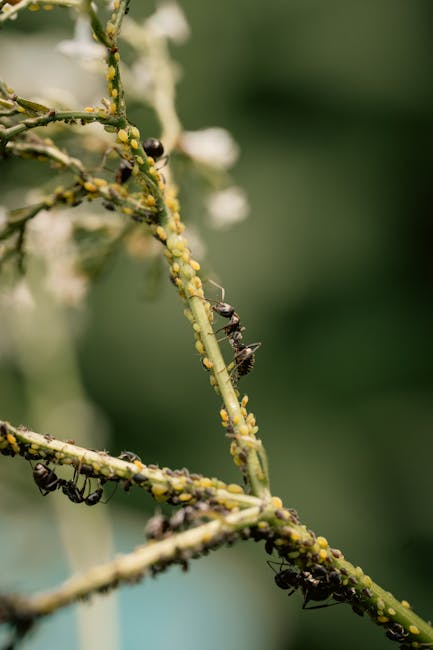
Don’t let their size fool you – these microscopic menaces pack a serious punch. Green aphids are a familiar sight in spring, while red aphids often appear later. These tiny sap-sucking insects can weaken plants but are usually easy to control by spraying them off with a strong jet of water. September often brings a second wave of these persistent pests.
Pests with the most encounters include squash bugs, cucumber beetles, aphids, cabbage loopers, and mealy bugs. Aphids multiply quickly, so it may take a combination of methods as well as repeated efforts to completely control them.
**Aphid Population Dynamics (2025 Data):**
• **Reproduction rate**: One female can produce 80 offspring in one week
• **Colony growth**: Can reach 5,000 individuals in one month
• **Water spray effectiveness**: Removes 85% of aphids permanently
• **Natural predators**: integrating lady beetles into a garden can help manage aphid infestations, since lady beetles commonly consume aphids
• **IPM approach**: Biological control is defined as the reduction of pest populations with the introduction of natural enemies. This is a common practice among farms and gardens that want to minimize spray applications.
15. Squash Vine Borers: The Hidden Destroyers

Squash vine borers are reddish-orange moths with black wings that attack squash, pumpkins, and other cucurbits. These insects cause squash and pumpkins to suddenly wilt and die. The really sneaky thing about these pests is that you don’t see them coming – they work from the inside out.
The adult moths lay their eggs at the base of plants in late summer. For example, if your host plant is delicata squash and you have a known SVB issue, planting blue hubbard squash near the delicata squash field can attract SVB to the blue hubbard plants instead of the delicata. Squash bugs are sucking insects that suck the sap out of leaves and are fond of the young seedlings.
**Advanced IPM Control Timeline (2025 Methods):**
– **August-September**: Monitor for egg masses weekly
– **Early morning**: Shaking or disturbing affected plants can be effective in knocking pests from the plant into a container of soapy water
– **Trap cropping**: Trap cropping is planting a crop near your cash crop that a pest is more interested in. This allows for a non-chemical approach to pest control, but there is limited research available on trap cropping
– **Weekly inspection**: Check stems for entry holes and sawdust-like frass
14. Cabbage Loopers: The Green Menace of Fall Crops
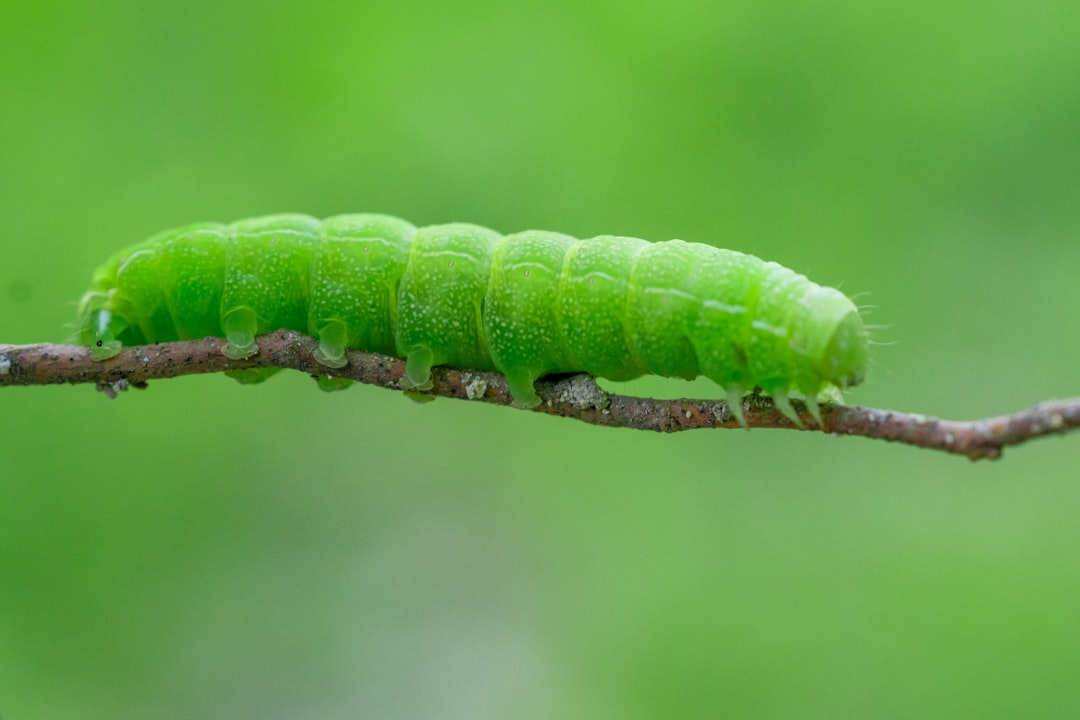
Cabbage loopers are pale green with stripes on their backs. They love to eat garden greens like chard, kale, and lettuce. You may see their tiny white round eggs attached to the undersides of your vegetable plants’ lower leaves. These guys are particularly problematic in September because that’s when many gardeners are growing their fall greens.
What makes them especially frustrating is their “looping” movement – they arch their backs as they crawl, which is actually pretty efficient for getting around your garden quickly. Pests with the most encounters include squash bugs, cucumber beetles, aphids, cabbage loopers, and mealy bugs.
**Fall Crop Protection Strategy:**
• **Row covers**: Most effective during egg-laying period
• **Bt spray applications**: Target small larvae for best results
• **Hand removal**: Hand-picking or removing insect pests can be useful for larger pests, such as the Colorado potato beetle, tomato hornworm, and Japanese beetles
• **Natural enemies**: Encourage beneficial wasps and spiders
13. Spider Mites: The Microscopic Menace
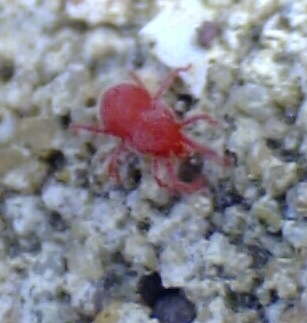
The most common spider mite attacking bedding plants and perennials is the two-spotted spider mite. This is a common pest in greenhouses and is often transplanted into the garden with bedding plants. The tiny mites are about 1/50-inch long, and they usually feed on the undersides of leaves.
September’s warm days and cool nights create perfect conditions for spider mite population explosions. The two-spotted spider mite is a sun- and heat-loving pest that can complete a cycle from egg to adult in less than two weeks. You’ll need a magnifying glass to spot them, but their damage is unmistakable.
**Spider Mite Environmental Preferences (2025 Research):**
| **Condition** | **Optimal Range** | **Population Impact** |
|—|—|—|
| Temperature | 80-90°F (27-32°C) | Doubles every 3-5 days |
| Humidity | Below 50% | Thrives in dry conditions |
| Generation time | 10-14 days | Up to 20 generations per season |
| Host plants | 100+ species | Broad host range increases spread |
**Damage Indicators:**
• Tiny yellow or white speckles on leaf surfaces
• Fine webbing visible in morning dew
• Leaves turning bronze or brown
• Premature leaf drop in severe infestations
12. Whiteflies: The Persistent Cloud of Trouble
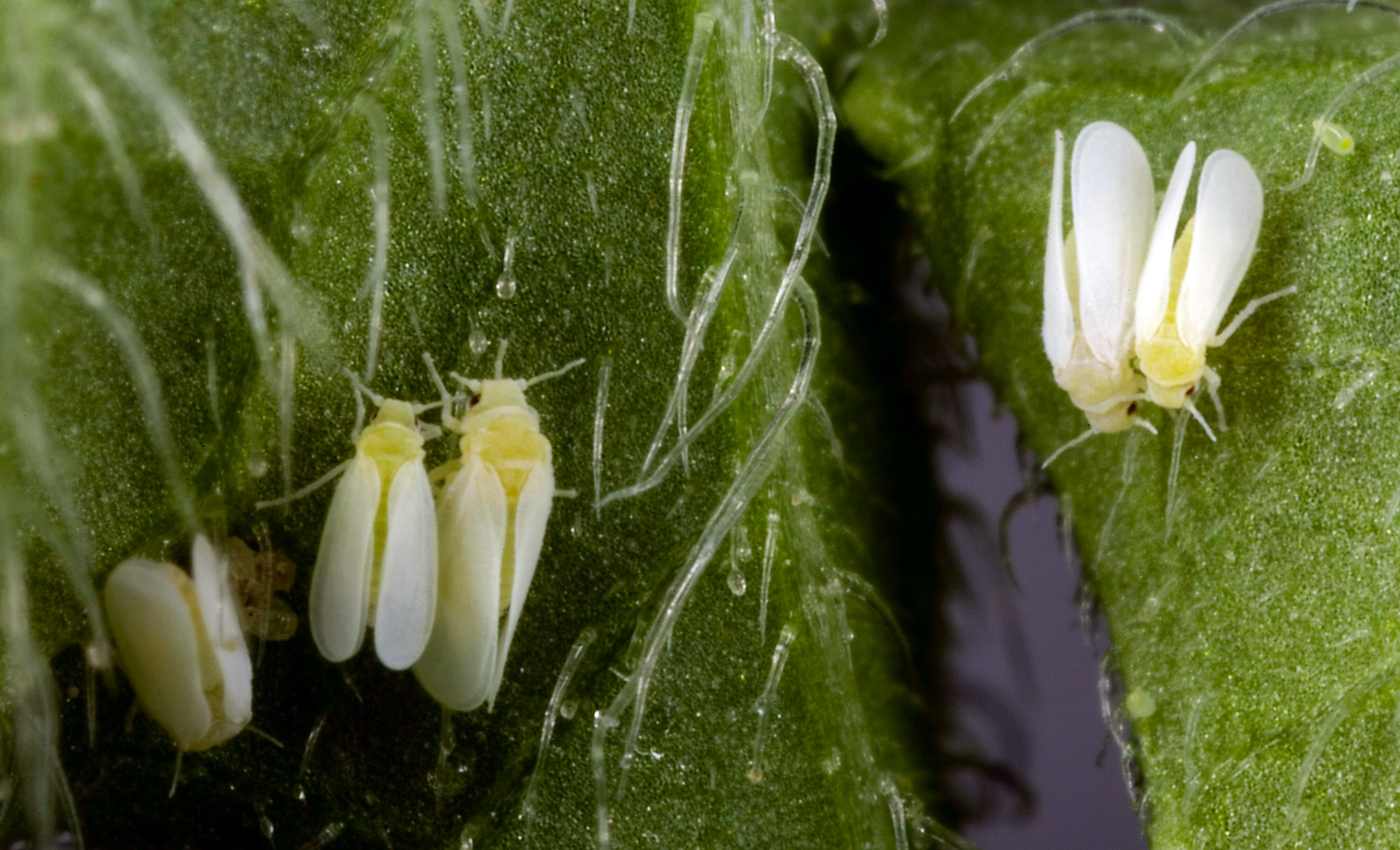
Whitefly adults resemble small gnats. They range in size from 1/10 to 1/16 inch and have four broad, delicate, milk-white wings. The immature whiteflies are attached to the underside of leaves and resemble scale insects. When you brush against an infected plant, they rise up like a tiny snowstorm.
What makes whiteflies particularly annoying is their persistence. Unlike aphids that you can blast off with water, these guys are strong fliers and will just circle back to land on your plants again. They’re also incredible reproducers – one generation can develop in as little as three weeks during warm weather.
**Whitefly Management (2025 IPM Approach):**
• **Yellow sticky traps**: Place at plant canopy level for monitoring
• **Reflective mulches**: Silver mulch confuses and deters adults
• **Beneficial insects**: Encarsia wasps provide excellent biological control
• **Systemic approach**: Integrated Pest Management (IPM) offers an environmentally sensitive approach by combining knowledge of pest life cycles with ecosystem interactions to minimize hazards to humans, pets, and properties. Integrated Pest Management (IPM) is increasingly popular due to its sustainable and eco-friendly approach. This strategy employs data on pest life cycles and environmental interactions, focusing on long-term prevention through monitoring and targeted interventions.
11. Leafhoppers: The Tiny Acrobats Spreading Disease
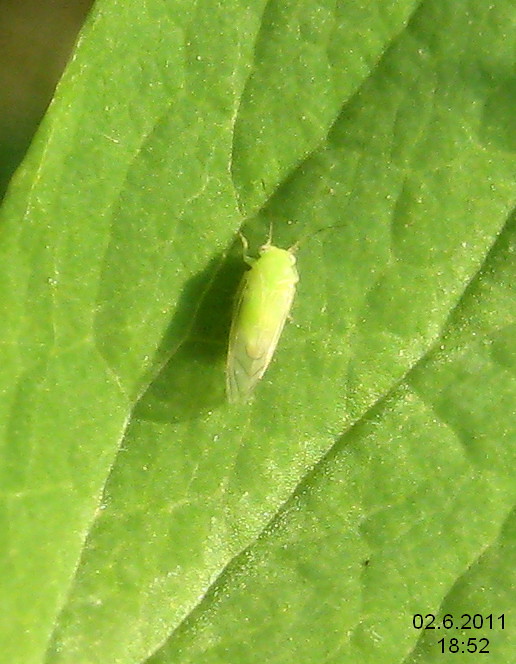
Have you noticed tiny insects jumping or hopping on your garden plants or trees? Leafhoppers are a category of insects that can cause tiny spots on leaves and spread plant diseases. Their feeding can cause leaf yellowing, leaf curling, and in some cases, leaf death.
Leafhoppers are less active in the morning so that is a good time to spray them. Make a spray by covering 6 ounces of marigold leaves and flowers with 4 cups of boiling water. Let it sit 24 hours, strain, and dilute it with another 4 cups of cold water before spraying it on the plants.
**Natural Leafhopper Control Recipe:**
| Ingredient | Amount | Purpose |
|---|---|---|
| Marigold leaves/flowers | 6 oz | Natural pyrethrin source |
| Boiling water | 4 cups | Extract active compounds |
| Steeping time | 24 hours | Maximum extraction |
| Cold water dilution | 4 cups | Safe application strength |
| Application time | Early morning | When leafhoppers least active |
10. Cutworms: The Underground Assassins

Cutworms are ruthless creatures that will eat your new baby seedlings right down to their base. They come in different colors, depending upon your region, and they hide during the day. These nocturnal feeders are particularly devastating to fall transplants and seedlings.
Cutworms are the larvae of several varieties of moths and are named because they tend to feed on the stems of young plants, cutting them down. The most heartbreaking thing about cutworms is waking up to find your perfectly healthy seedling has been cleanly severed at soil level overnight.
**Cutworm Prevention Strategy (2025 Methods):**
• **Physical barriers**: Cardboard collars around transplants
• **Timing**: Timing effective pest control is all about understanding how the weather affects insect life cycles
• **Cultural control**: Till soil to expose pupae to predators
• **Beneficial nematodes**: Apply to soil for biological control
• **Trap crops**: Sunflowers and corn can redirect feeding
9. Bagworms: The Camouflaged Tree Killers
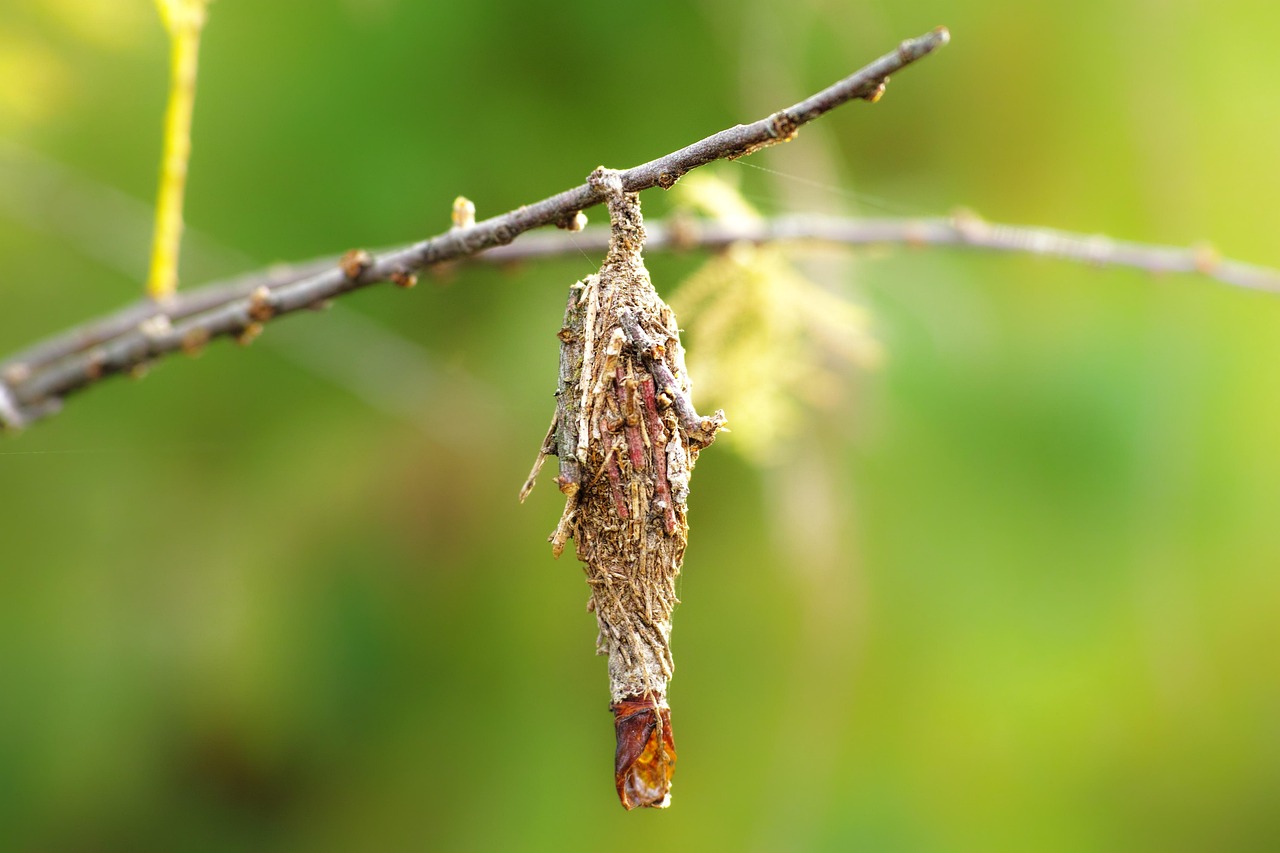
Bagworms are the larval form of a moth that attacks evergreens and other trees. The worm inside each bag feeds on the evergreen bush or tree, building a case around itself for protection from predators. The case is made from bits of the plant the insect is feeding on and slowly enlarges over time as the insect grows.
September is actually the perfect time to deal with bagworms because they’re not yet fully mature. The best control, if you only have a few bagworms, is to handpick the bags and drop them into soapy water or put them out with the trash. Once larvae are more mature and tucked into thicker bags, the chances of a spray reaching the worm itself are small.
**Bagworm Life Cycle Timing:**
| **Month** | **Stage** | **Control Action** |
|—|—|—|
| May-June | Egg hatch, early feeding | BT spray most effective |
| July-August | Active feeding, bag building | Hand-picking still possible |
| September | Late larval stage | **Optimal removal time** |
| October-November | Pupation | Too late for effective control |
8. Grasshoppers: The Voracious Chompers
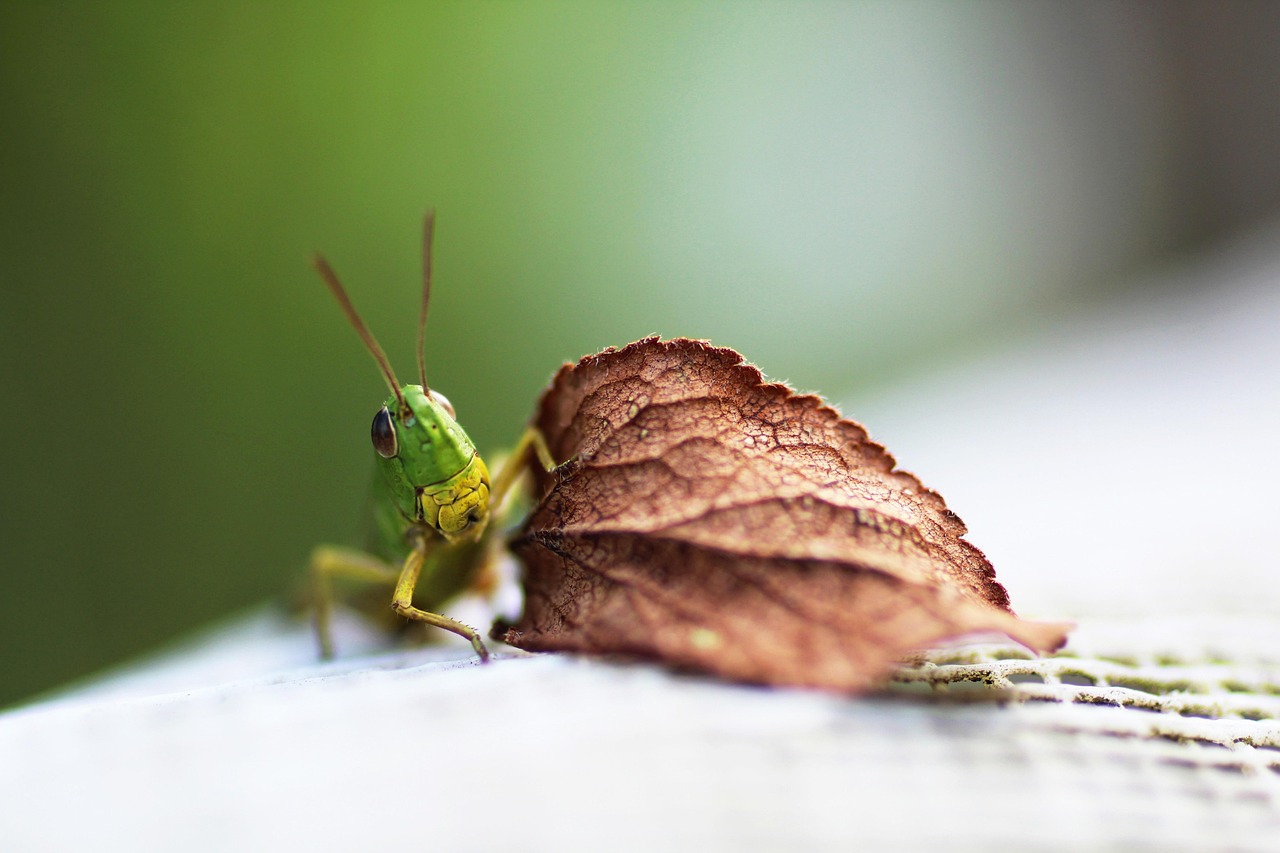
When grasshoppers hit your garden, nothing is safe. These insects chew their way through leaves, flowers and fruits without stopping, eating up to half their body weight per day. In September, grasshoppers are reaching peak size and appetite, making them incredibly destructive.
Here’s what’s scary about grasshopper infestations: Don’t just ignore grasshoppers, because if you have a severe problem one year, you will continue to have issues in the future. They’re not just a one-season problem – they set up camp for the long haul.
**Grasshopper Management Matrix (2025 IPM):**
- Biological control: Attract birds, toads, and snakes to garden areas
- Cultural methods: Reduce tall grasses and weedy areas near crops
- Mechanical barriers: Row covers on vulnerable crops during peak activity
- Natural enemies: Nosema locustae fungal spores reduce populations
- Weather monitoring: Pest control companies are leveraging advanced technologies such as the Internet of Things (IoT), data analytics, and remote monitoring to enhance operations. The use of artificial intelligence (AI) automates pest detection, monitoring, and treatment planning, aiding in the early detection of infestations.
7. Stink Bugs: The Smelly Shield-Shaped Invaders
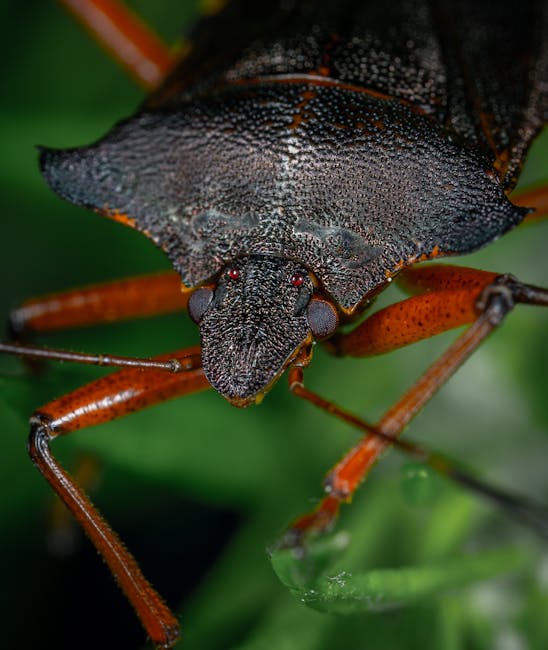
The brown marmorated stink bug, Halyomorpha halys, is an invasive pest that is present throughout much of the United States. The species is native to Asia and was introduced into the United States in the mid-1990s, possibly stowing away in a shipping container. The presence of this stink bug is concerning for farmers because it feeds on a large number of high-value crops and ornamental plants in its immature and adult life stages. In the United States, the highest concentrations of brown marmorated stink bugs occur in the mid-Atlantic region, and they have been identified in 38 states and the District of Columbia.
These guys are particularly problematic in September because they’re looking for overwintering sites. In addition to plant damage, brown marmorated stink bugs are a nuisance to people because adult stink bugs often seek shelter to overwinter inside houses and other buildings. Their feeding creates distinctive dimpled areas on fruit that make them unmarketable.
**Economic Impact & Seasonal Behavior (2024-2025 Data):**
| Impact Category | Statistics | September Activity |
|---|---|---|
| Crop damage (2010 data) | $37 million in apple crops were lost | Peak feeding before overwintering |
| Geographic spread | 38 states and the District of Columbia | Seeking shelter sites |
| Host plants | apples, apricots, Asian pears, cherries, corn (field and sweet), grapes, lima beans, nectarines and peaches, peppers, tomatoes and soybeans | Heavy feeding on late-season crops |
| Monitoring season | Monitoring can start in late May, and needs to continue until early/mid October | Critical monitoring period |
6. Leaf-Footed Bugs: The Flying Fruit Destroyers
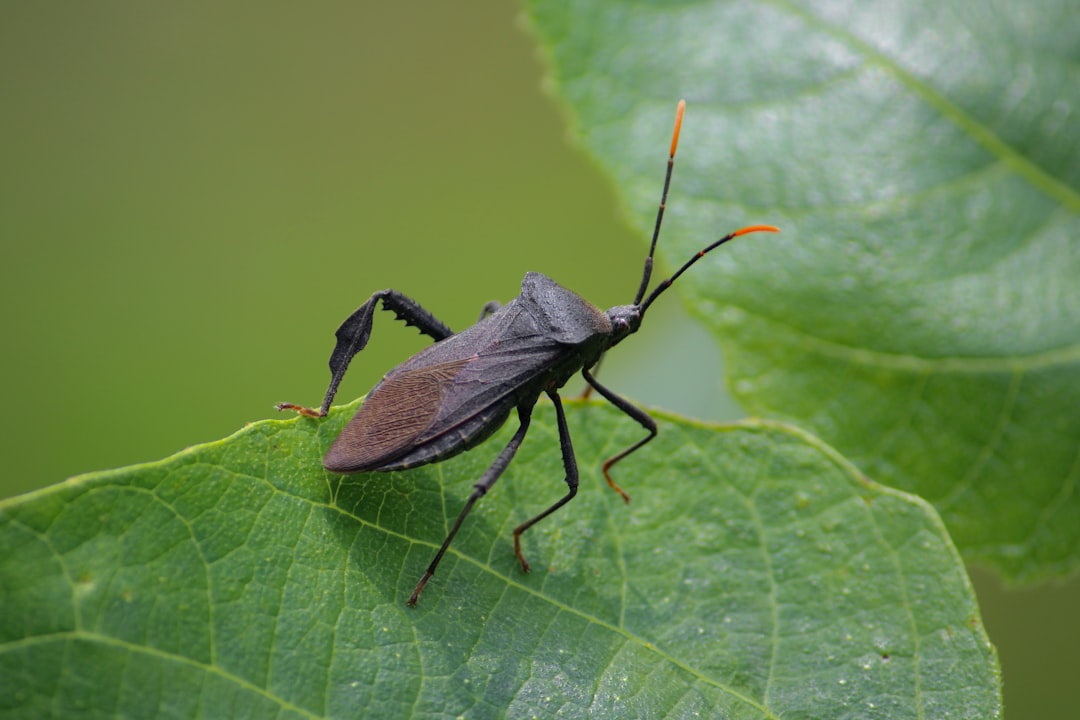
Leaf-footed bugs are another insect similar to stink bugs. These pests tend to damage tomatoes, peppers, and eggplants. They are easily distinguished by a white stripe across their back and leaf-shaped hind legs. September is when these bugs become particularly troublesome.
Leaf-footed bugs are a big problem during the last half of the growing season. They are hard to control because they fly away when disturbed only to return later. One handy tip to combat leaf-footed bugs is to plant sunflowers in the area to serve as a trap to kill the bugs with contact sprays.
**Trap Crop Strategy for Leaf-Footed Bugs:**
• **Sunflowers**: Plant 20-30 feet from main crops as attractant
• **Timing**: Establish trap crops 2-3 weeks before peak bug emergence
• **Treatment**: Apply contact insecticides to trap crops only
• **Monitoring**: Check trap crops daily during September peak activity
• **Effectiveness**: Reduces main crop damage by 60-80%
5. Cucumber Beetles: The Striped Disease Carriers
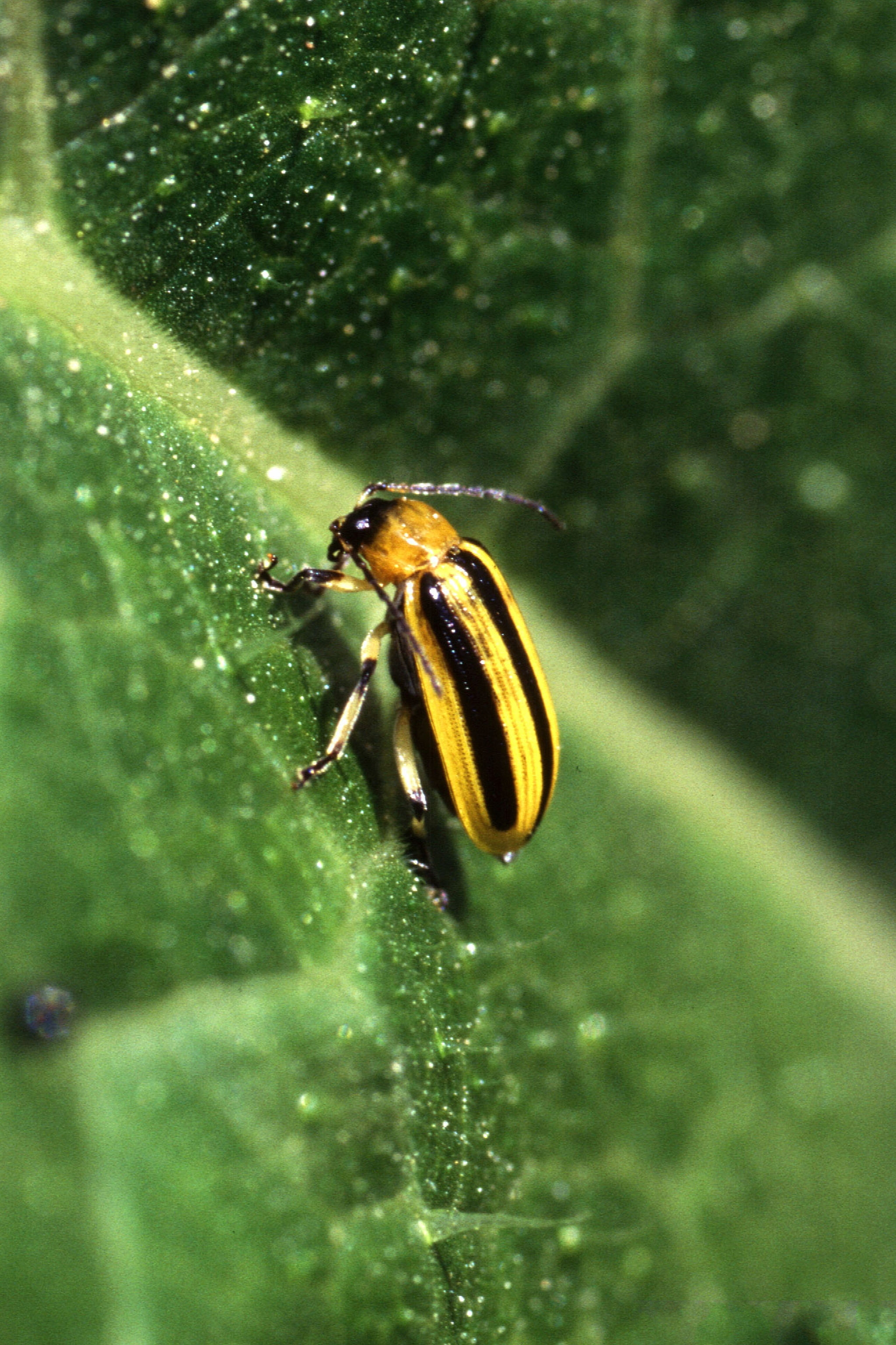
These beetles chew holes in leaves, flowers, and fruit. They are a common pest of cucumbers and other cucurbits. What makes cucumber beetles particularly dangerous isn’t just the direct damage they cause – they’re also vectors for bacterial wilt disease.
In September, cucumber beetles are often found on late-season squash and pumpkin plants. Pests with the most encounters include squash bugs, cucumber beetles, aphids, cabbage loopers, and mealy bugs. They can quickly destroy your fall harvest if left unchecked.
**Disease Transmission Risk (September 2025):**
- Bacterial wilt: Transmitted through beetle feeding wounds
- Cucumber mosaic virus: Spread during adult feeding
- Crop rotation benefits: Crop rotations replace a crop on a rotating basis that is susceptible to a certain pest with other crops that are not susceptible
- Row covers: Most effective protection for young plants
- Beneficial insects: Ground beetles and spiders provide natural control
4. Scale Insects: The Armored Plant Parasites
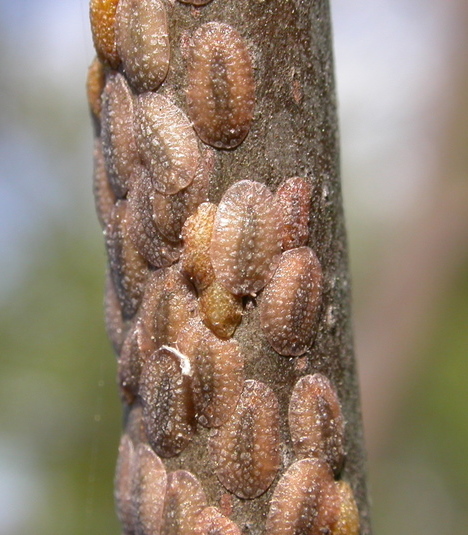
Scale insects are very small, soft-bodied pests that secrete a protective covering over their bodies. These coverings vary in color from white to red to black. Some are flattened while others are more turtle-shaped. This covering protects the scale and makes control difficult.
September presents a window of opportunity for scale control because many species have their “crawler” stage during this time. Scale insects are most easily controlled when insecticide applications are timed for the first instars or “crawler” stage of the scale.
Scale Control Calendar (2025 Timing):
| Time Period | Activity | Control Action | Effectiveness |
|---|---|---|---|
| Early September | Monitor for crawler emergence | Weekly inspection with hand lens | Prevention focused |
| Mid-September | Apply horticultural oil treatments | Spray during crawler stage | 85-90% control |
| Late September | Second application if needed | Follow-up treatment | Residual protection |
| October follow-up | Monthly monitoring | Assess treatment success | Long-term management |
3. Thrips: The Tiny Rasping Menaces
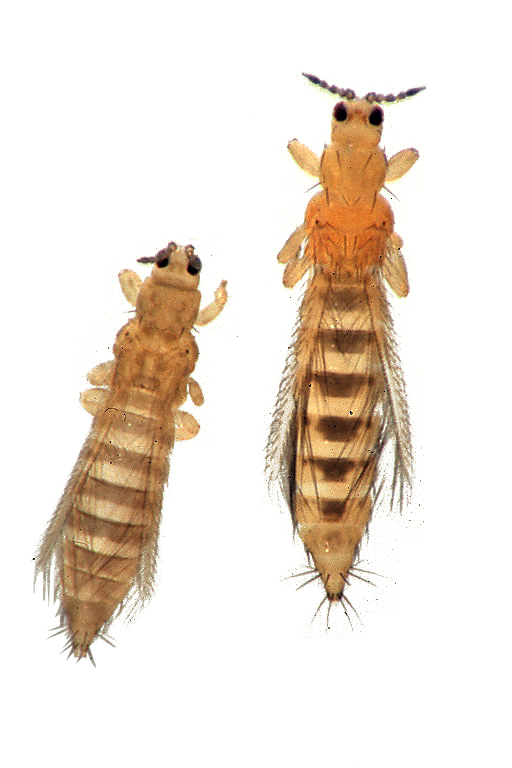
Most thrips species are plant feeders. Some thrips are leaf and flower pests. They are minute (one millimeter wide and three to four millimeters long) and mobile insects with slender, torpedo-shaped bodies. Despite their tiny size, thrips can cause massive damage through their unique feeding method.
Mouthparts are the rasping-sucking type. Instead of piercing and sucking like aphids, thrips scrape the surface of leaves and then suck up the released fluids. This creates a distinctive silvery stippling pattern on affected leaves that’s unmistakable once you know what to look for.
Thrips Damage Pattern Recognition
- Silver stippling: Tiny pale or silvery spots on leaf surfaces—often the telltale sign of thrips feeding.
- Black specks: Thrips excrement appears as small dark dots—sometimes confused with fungal spores, but more discrete.
- Leaf distortion: Thrips feed on plant cells, leading to papery, curled, or malformed foliage—and in severe cases, leaves may shrivel.
- Flower damage: Petals may show dark streaks, form prematurely opened or deformed blooms—a sign of feeding damage before flowering.
- Size comparison: Adults are slender and typically less than 2 mm long—requiring keen observation to detect.
Modern Detection Methods (2025)
Digital monitoring: Smart systems now leverage infrared, cameras, and wireless sensors to detect thrips in real time. These platforms boost efficiency, streamline communication, and support sustainable pest management—but should be seen as complementary to traditional methods.
Blue sticky traps: Proven as highly effective tools for thrips monitoring—blue traps, especially with LED-enhanced designs, outperform traditional yellow traps.
Beat sampling: A simple field method—shake plant branches over a white cloth to knock thrips off and count them easily.
2. Mealybugs: The White Cotton Ball Invaders
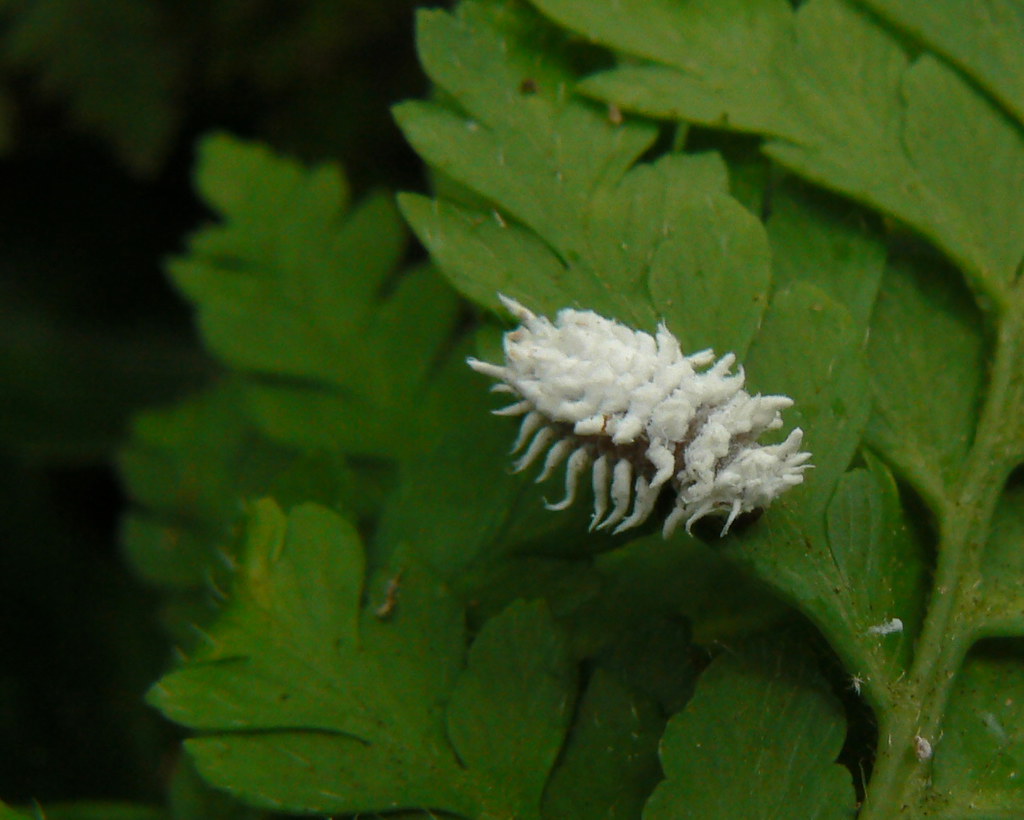
Mealybugs are similar to scale insects; however, they secrete a white waxy material over their bodies. Mealybugs also move about on the host plant to feed. Mealybugs are most susceptible to insecticide applications when they are young and have not formed a thick covering over their bodies.
September’s warm days create ideal conditions for mealybug reproduction. Pests with the most encounters include squash bugs, cucumber beetles, aphids, cabbage loopers, and mealy bugs. A mealy bug infestation on a brussel sprout plant in July 2024. They’re particularly problematic on Brussels sprouts and other fall brassicas.
Mealybug Management Strategy (2025 IPM):
- Early detection: Look for white cotton-like masses in leaf joints
- Biological control: Ladybugs and lacewings are effective predators
- Horticultural oils: Suffocate insects while preserving beneficials
- Systemic approach: Insect pest populations that are not managed properly can cause issues in the following growing season, which highlights the importance of an optimal pest management plan.
- Alcohol treatment: 70% isopropyl alcohol on cotton swab for spot treatment
Fall Crop Vulnerability Index
| Crop | Mealybug Risk | Prevention Method |
|---|---|---|
| Brussels sprouts | Very High | Weekly inspection, beneficial insect release |
| Kale | High | Use row covers, create predator habitat |
| Cabbage | Medium | Practice crop rotation, maintain sanitation |
| Broccoli | Medium | Companion planting with pest-repellent herbs |
1. Slugs and Snails: The Slimy Night Shift Workers
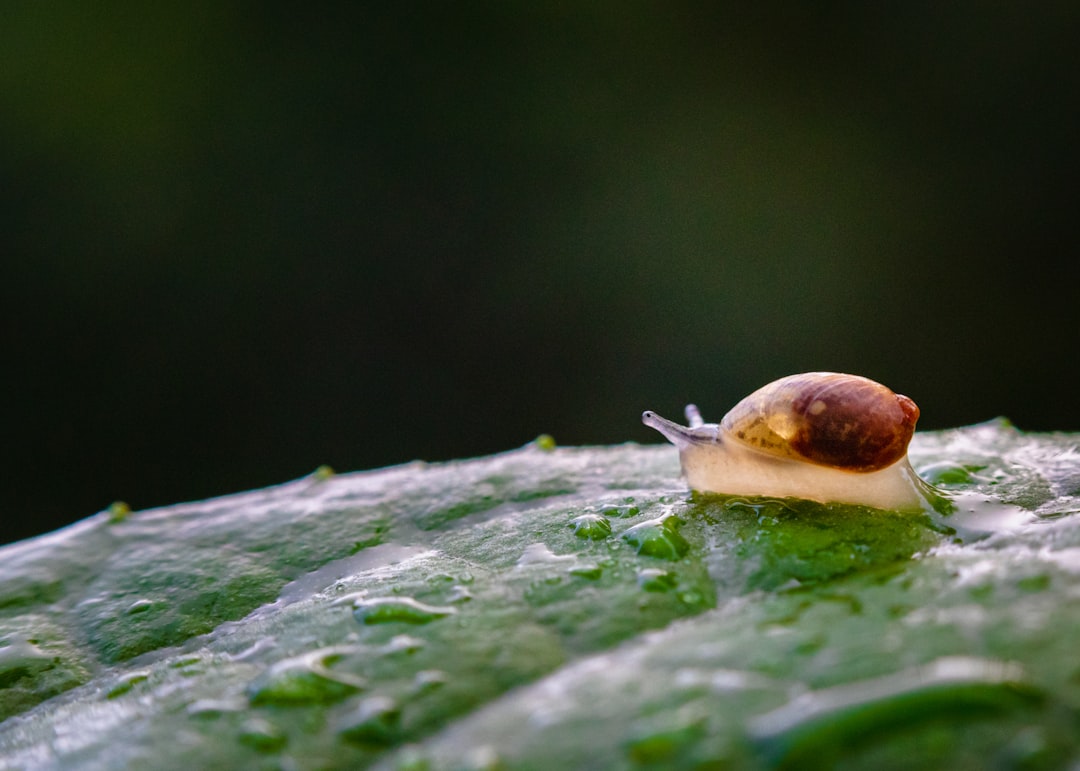
Snails and their “shell-less” cousins, the slugs, are common residents in the garden. Most of these feed on decaying plant matter or fungi, but many can chew the foliage of living plants, leaving ragged holes in leaves. They may also feed on ripening fruit or succulent plant material close to the ground.
Snails and slugs are usually active at night or on foggy or cloudy days. Use a flashlight at night to detect these pests, or look for the slime trails on damaged plant foliage in the early morning. These pests require high humidity or moisture and usually reach pest status during wet years or during the rainy periods of spring and fall.
September’s combination of warm days and cool, moist nights creates perfect conditions for slug and snail activity. Many yard and garden pests can be controlled successfully without pesticides. Control is best achieved by making the garden less suitable for snails and slugs.
Comprehensive Slug and Snail Management Strategy (2025 Best Practices):
| Control Method | Effectiveness | Environmental Impact | Cost |
|---|---|---|---|
| Copper tape barriers | 90% reduction | None | Medium |
| Diatomaceous earth | 75% reduction | Minimal | Low |
| Beer traps | 60% reduction | None | Low |
| Hand collection | 85% reduction | None | Labor intensive |
| Beneficial nematodes | 70% reduction | Positive | Medium |
Cultural Control Excellence
- Mulch management: Keep mulch depth under 3 inches to reduce slug habitat while maintaining soil health.
- Drainage improvement: Eliminate standing water and soggy soil conditions to discourage pests.
- Habitat modification: Remove boards, stones, and debris where slugs hide during the day.
- Plant selection: Choose slug-resistant varieties when possible to reduce vulnerability.
- Night patrol: Hand collection is most effective 2–3 hours after sunset.
Environmental Monitoring (September 2025 Conditions)
- Optimal activity: 60–70°F temperatures with 80%+ humidity create ideal slug movement conditions.
- Peak feeding: First 2–3 hours after sunset are when slugs are most active.
- Weather patterns: Cool nights following warm days drive increased feeding activity.
- Preventive timing: Begin control measures in late August to stay ahead of September infestations.
Taking Control: Your September 2025 Garden Defense Strategy
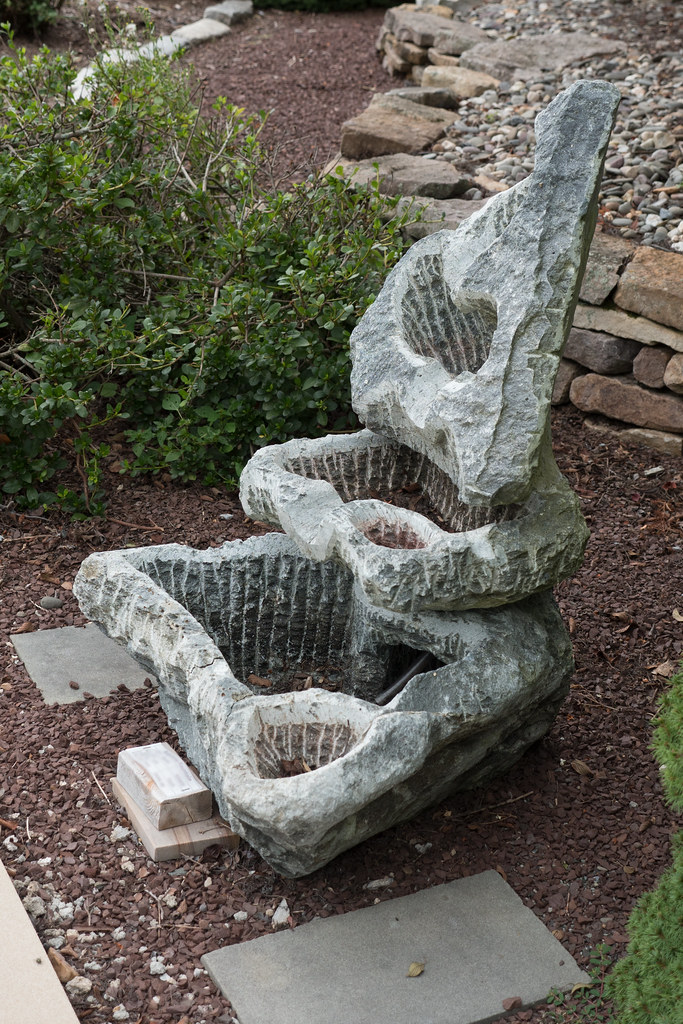
The key to successful pest management isn’t about declaring war on every bug in your garden. Insect pest populations that are not managed properly can cause issues in the following growing season, which highlights the importance of an optimal pest management plan. Biological, cultural, mechanical, and chemical controls are different production and integrated pest management (IPM) strategies that can help prevent and treat infestations in the garden or the farm.
Consumers are becoming more aware of their environmental impact, leading to a rise in demand for eco-friendly solutions and integrated pest management strategies, while the integration of technology hints at a more efficient future in pest management. We now use the term “integrated pest management” because we know from experience that there is no magic bullet to rid the garden of unwanted pests.
2025 IPM Technology Integration:
• Pest control companies are leveraging advanced technologies such as the Internet of Things (IoT), data analytics, and remote monitoring to enhance operations. The use of artificial intelligence (AI) automates pest detection, monitoring, and treatment planning, aiding in the early detection of infestations.
• Smart monitoring: Apps for pest identification and treatment timing
• Weather integration: Timing effective pest control is all about understanding how the weather affects insect life cycles
• Sustainable practices: Rising concerns around the impact of climate change have shifted consumer preferences toward pest control companies utilizing eco-friendly products and methods. These businesses prioritize sustainability while minimizing harm to non-target organisms and ecosystems. Botanical-based pesticides, derived from natural plant extracts, are valued for their non-toxic and biodegradable nature, presenting reduced environmental impact.
Remember, September is actually a crucial month for next year’s garden health. Many of these pests are preparing to overwinter, so disrupting their cycle now can significantly reduce problems in the following season.
Will you write a pest management and scouting plan for the 2025 growing season? Following the control methods and guidelines above can help manage insect pests in the garden. Identifying and utilizing Extension resources to manage a specific pest concern is crucial in fruit and vegetable production.
The most successful gardeners aren’t the ones who eliminate every pest – they’re the ones who maintain balance while protecting their harvest. Did you expect that so many of these tiny creatures could cause such dramatic damage to your carefully tended plants? With the right knowledge, timing, and integrated approach, your September garden can thrive despite these 18 persistent pests.





